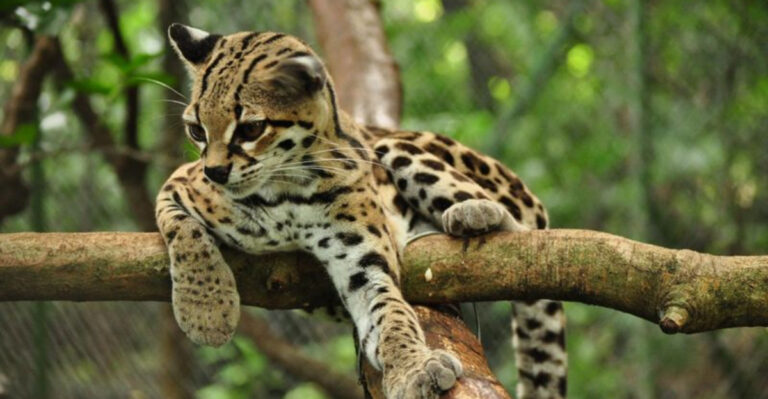What’s On The Menu For River Otters? Discover Their Diet, Behavior, And More
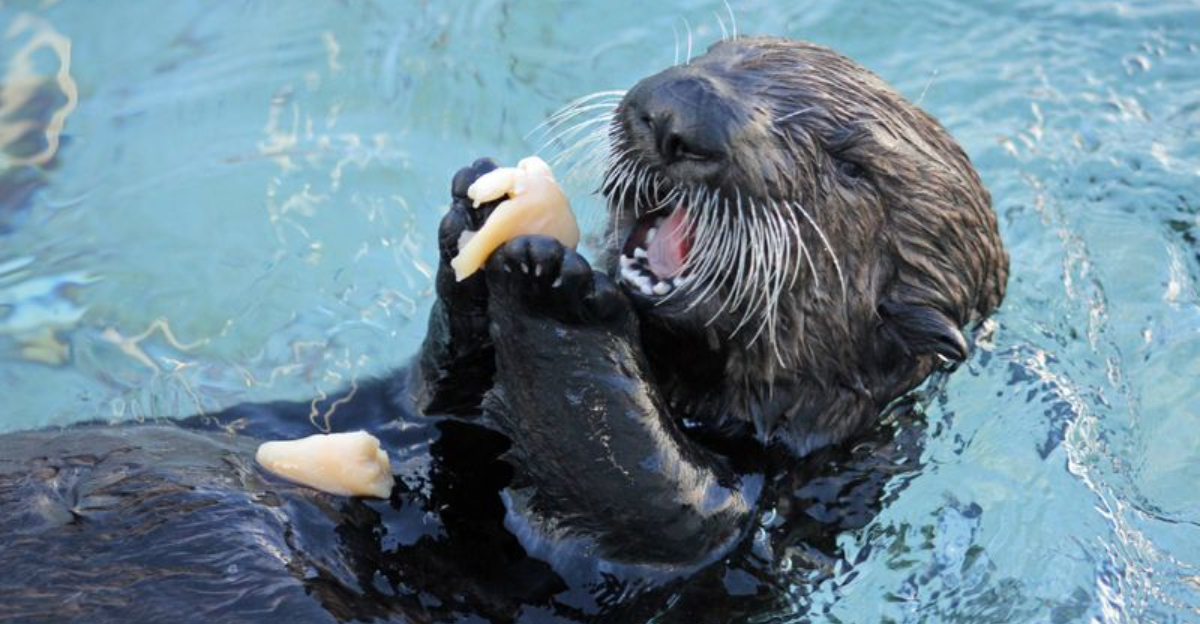
River otters are fascinating creatures with unique eating habits that help them thrive in watery environments.
These playful mammals have adapted to hunt and forage in rivers, lakes, and coastal areas across North America. Their diverse menu and hunting techniques reveal much about their intelligence and survival skills in the wild.
1. Omnivorous Diet

River otters aren’t picky eaters! Their varied menu includes fish, crustaceans, amphibians, and occasionally small mammals.
When plant food is available, they’ll munch on berries and aquatic vegetation too. This dietary flexibility helps them survive in different habitats and changing seasons.
2. Fish Lovers
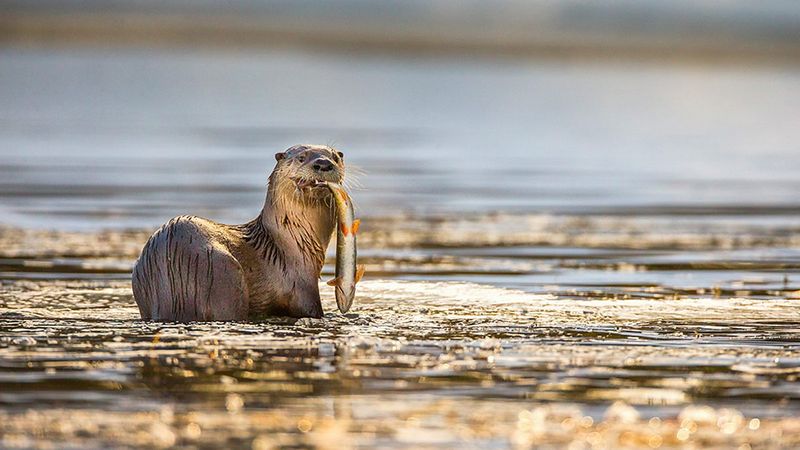
Nothing makes an otter happier than a fresh fish dinner! These skilled underwater hunters can spot fish from remarkable distances and chase them with impressive speed.
Salmon, trout, and perch top their preferred menu. An otter’s streamlined body and powerful tail provide perfect propulsion for catching these slippery meals.
3. Shellfish And Crustaceans
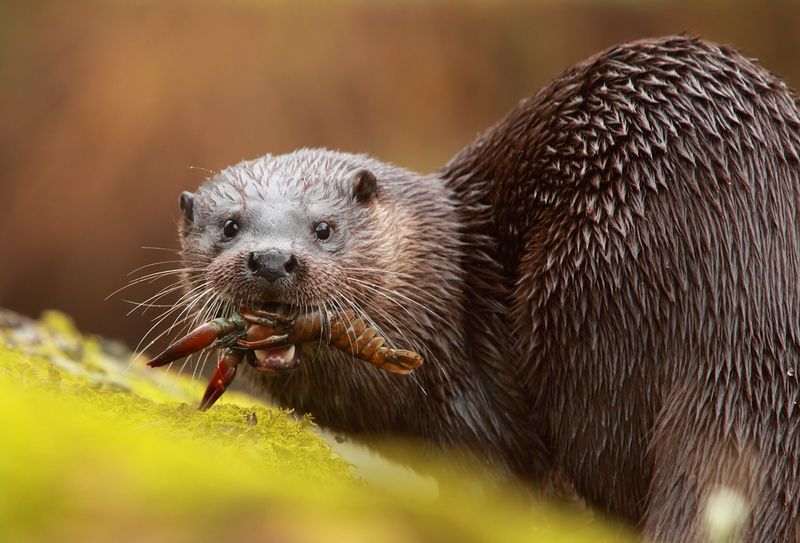
Crack! The sound of an otter breaking open a crayfish shell echoes along the riverbank. Their powerful jaws make quick work of hard exoskeletons.
Crabs, crayfish, and mussels provide essential nutrients and are favorite treats when available. Some otters even use rocks as tools to crack particularly stubborn shells!
4. Amphibians And Frogs
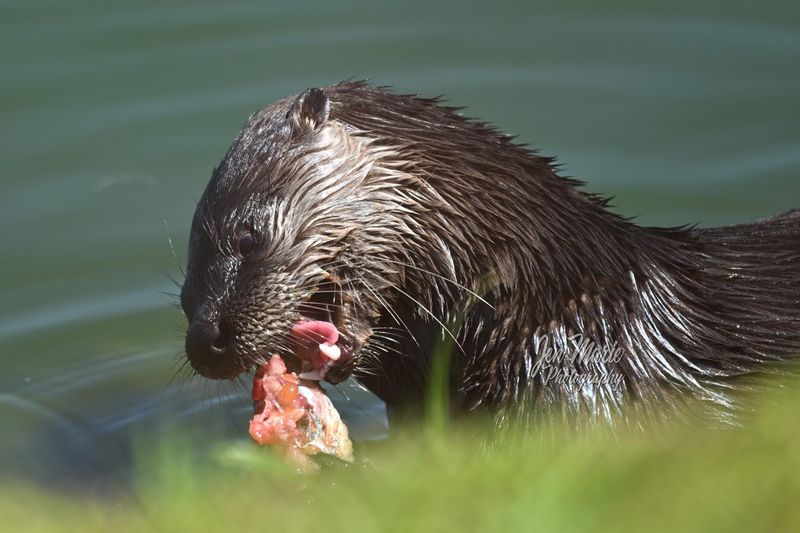
Frogs beware when otters are nearby! These agile hunters snatch amphibians from shorelines with lightning-quick reflexes.
Salamanders, tadpoles, and especially frogs make convenient snacks for otters patrolling the water’s edge. The protein-rich meal provides excellent nutrition with minimal hunting effort compared to chasing fish.
5. Freshwater Invertebrates

When bigger prey is scarce, river otters turn to nature’s tiny buffet. Aquatic insects, worms, and snails become important food sources during lean times.
Their sensitive whiskers help detect movement of these small creatures in murky water or under rocks. Young otters often practice hunting skills on these easier-to-catch morsels.
6. Foraging Techniques

Master hunters with multiple strategies! River otters use their exceptional sense of smell to locate prey hiding under rocks or buried in mud. Their whiskers (vibrissae) detect underwater vibrations from swimming creatures.
Above water, their sharp eyes spot movement from impressive distances. This three-pronged sensory approach makes them formidable predators in any aquatic environment.
7. Playful Eating Habits
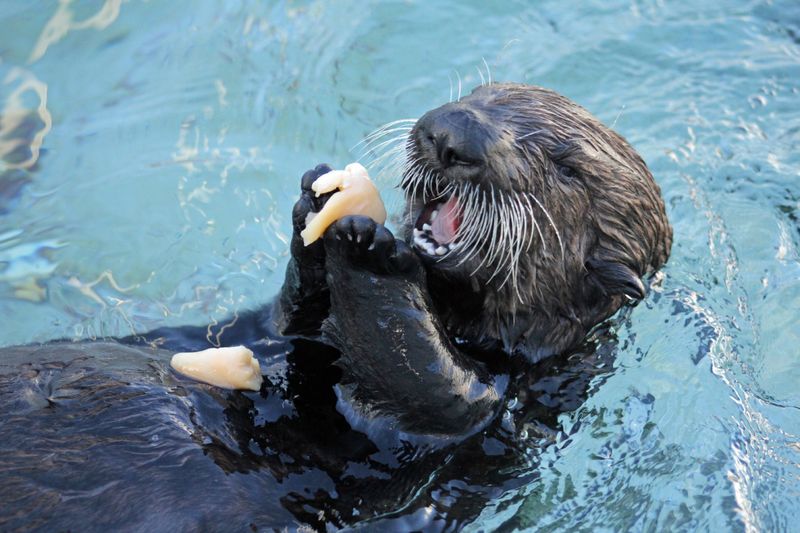
Mealtime is playtime for these joyful creatures! River otters often float on their backs, using their bellies as natural dining tables while munching on fish. They’ve been observed tossing food in the air and catching it, almost like they’re playing with their dinner.
This behavior might strengthen coordination skills needed for hunting or simply be an expression of their naturally playful personalities.
8. Feeding Habits Vary By Season
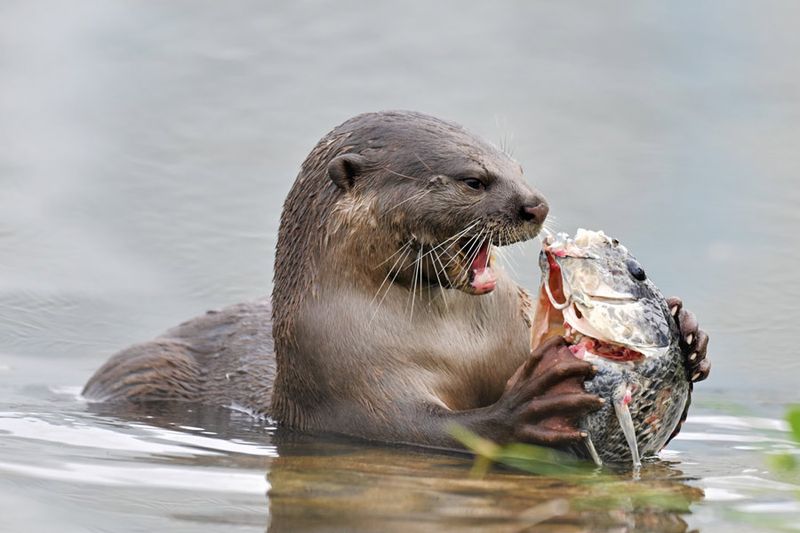
Winter brings a shift to the otter’s menu. Cold months see them focusing primarily on fish, which remain accessible even when other prey hibernates or disappears.
Spring awakens frogs and other amphibians, creating a seasonal buffet. Summer and fall offer the greatest variety, with berries occasionally supplementing their primarily carnivorous diet. This adaptability ensures year-round sustenance.
9. Territorial Feeding Grounds
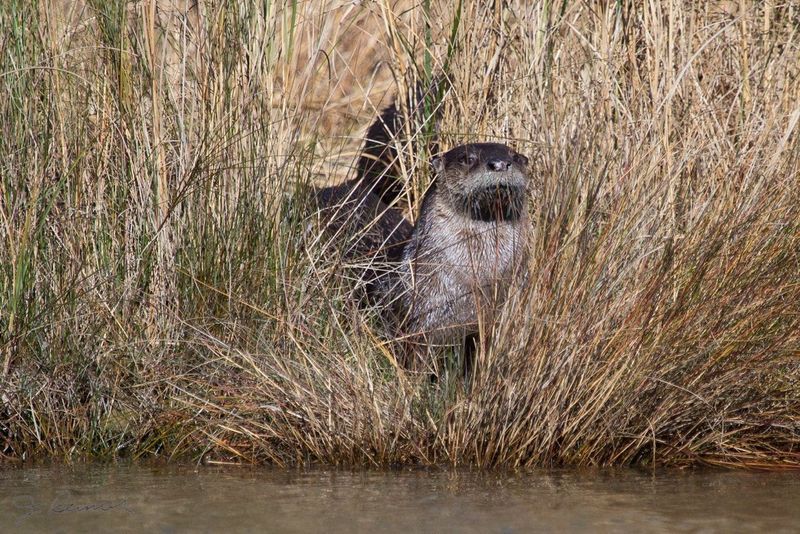
Home is where the food is! River otters establish territories centered around prime hunting spots with abundant prey. A typical otter territory spans 3-15 miles along waterways.
They mark these areas with scent mounds—piles of mud, vegetation, and droppings that warn other otters to respect their dining reservation. Territories expand during lean seasons when food becomes scarce.
10. Hunting In Pairs

Teamwork makes the dream work for otter pairs targeting larger fish! Two otters will coordinate their movements, herding fish toward shallow waters or into natural traps.
This collaborative hunting strategy significantly improves their success rate with bigger prey. Mothers also hunt alongside their growing pups, teaching them essential techniques through demonstration and practice sessions.
11. Feeding Times

The early otter catches the fish! Dawn and dusk represent prime hunting hours when river otters are most active. Their crepuscular nature (being active during twilight) gives them advantages—reduced competition from daytime predators and increased activity of prey fish.
Some populations adapt to more nocturnal patterns in areas with high human activity, hunting under the cover of darkness.
12. Energy Needs

Hungry, hungry otters! Their hyperactive lifestyle demands constant refueling—up to a quarter of their body weight daily in food. A 20-pound otter might consume 3-5 pounds of fish and other prey every day.
Their elevated metabolism keeps their body temperature regulated in cold water but requires substantial caloric intake. Winter months increase these energy demands even further.
13. Reproduction And Diet Of Mothers

Motherhood brings a ravenous appetite! Female otters with pups increase their food intake by up to 50% during nursing periods. Producing nutrient-rich milk requires tremendous energy.
Mother otters prioritize high-fat fish species during these demanding times. They’ll also hunt closer to their dens, balancing the need for abundant food with staying near their vulnerable young.
14. Impact On Fish Populations
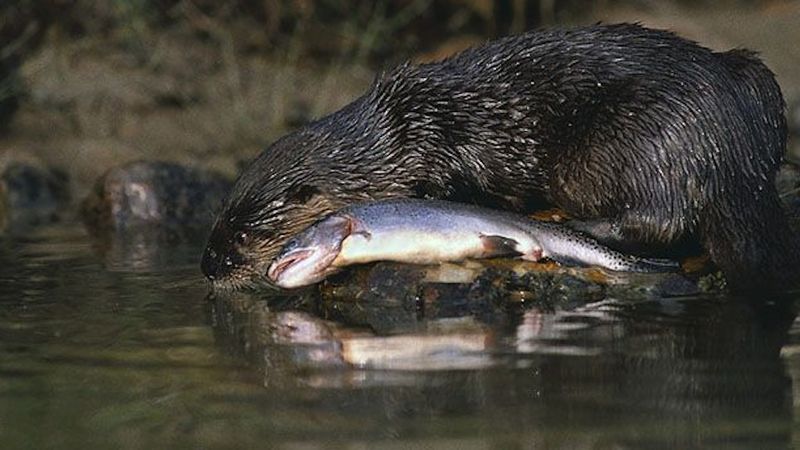
Nature’s fishery managers! Otters typically target slower, weaker fish, inadvertently strengthening fish populations by removing less fit individuals. In healthy ecosystems, this predation creates balance.
However, in smaller waterways or stocked ponds, their efficient hunting can significantly impact fish numbers. Conservation efforts must consider this natural predator-prey relationship when managing aquatic habitats.
15. Adaptation To Various Environments
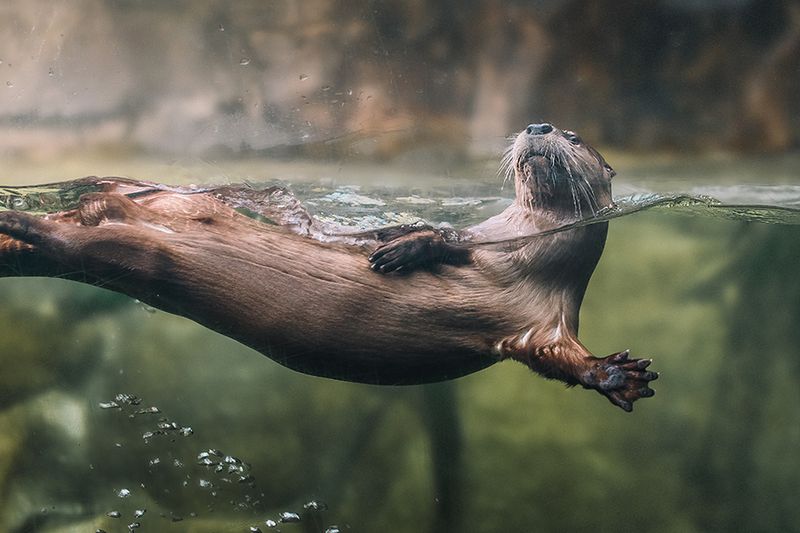
From mountains to coastlines, river otters adapt their menu to what’s locally available. Coastal otters readily incorporate sea urchins and small ocean fish into their diet. Mountain-dwelling otters might focus more on trout and crayfish.
Urban otters sometimes take advantage of human-stocked ponds. This remarkable adaptability has helped river otters survive in diverse habitats across North America.




